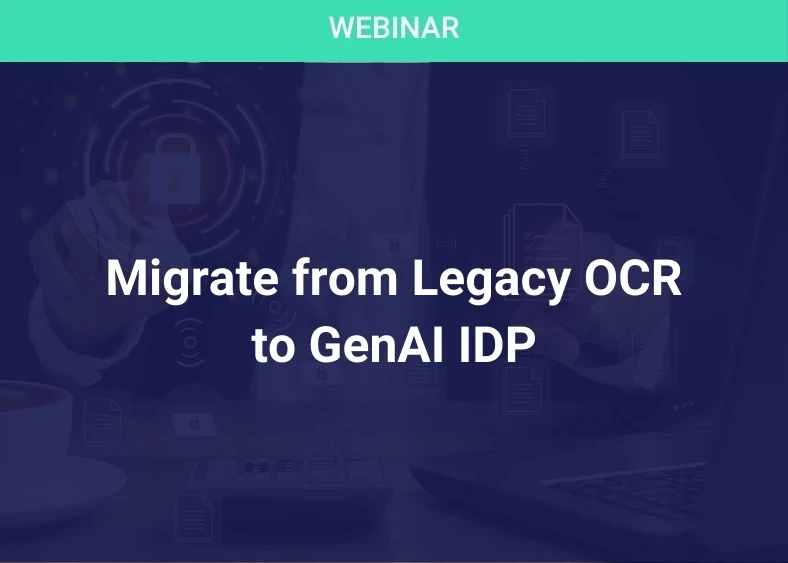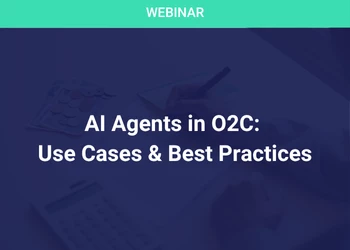Job Number One: Who Will Do The Work?
Add bookmarkOver the last few years, the Commonwealth of Massachusetts has downsized its workforce considerably and done so without much strategic thinking, planning or forethought about the future. Layoffs and early retirements combined with hiring freezes have made us particularly vulnerable to current demographic trends. In addition, the state workforce has a higher average age than the civilian workforce. With the imbalance between work that needs to be performed and the predictions of worker shortages, workforce planning has become the greatest challenge we face in managing the workforce going forward.
Over 40 percent of public sector organizations, as surveyed by International Public Management Association in 2002, were doing any workforce planning. As a public sector employer, the Commonwealth faces an array of political and financial constraints not felt in the private sector and a need to deal with a culture that is reluctant to change. Because the State is accustomed to the political process of a change in its leadership every four or eight years, there has never been a formal effort at succession planning. However, the reality is that while the top ranking officials may change, upper-level managers and the rest of the organization remain much the same. The difference in today's environment is that never before have outside factors required that we address succession planning with such urgency. Everywhere we turn, predictions of the knowledge drain and worker shortages are insistent reminders of the issues that confront us. With the retirement of the baby boomers and the desire of Generation X-ers for more flexibility, our responsibility to build the right workforce for the future moves to the top of the priority list.
Defining Workforce Planning
Workforce planning is a process by which an organization assesses its current workforce and determines its future needs. In the simplest terms, workforce planning is getting the right people with the right skills, experience and competencies in the right jobs at the right time. It forces us to think strategically about how to align people to our business.
The Corporate Leadership Council, a best practices research firm, provides the following definition:
"In workforce planning, an organization conducts a systematic assessment of workforce content and composition issues and determines what actions must be taken to respond to future needs. The actions taken may depend on external factors (e.g. skill availability) as well as internal factors (e.g. an aging workforce). These factors may determine whether future needs will be met by recruiting, retraining or outsourcing the workforce."
Within its shared services model for human capital management, the Commonwealth of Massachusetts has defined workforce planning as the strategic alignment of an organization's human capital with its business direction. We want our managers to proactively plan for the future needs of the business and make informed HR decisions based on current and anticipated workforce issues.
The need for planning has been made critical by the impending departure of millions of baby boomers from the workforce over the next decade. Increased dependence on technology has also impacted on the skills and competencies needed in the existing workforce. Because all employers are competing for the same pool of employees, it becomes particularly urgent that the Commonwealth plans how it will attract and retain the talent needed to serve the public. However, unless we know what talent is needed as compared to our existing inventory of people, we cannot look to the marketplace to address the demand.
How Shared Services Delivers Better Planning
Under the shared services model, the Human Resources Division can work in collaboration with the leadership of the agencies to develop and facilitate the implementation of a workforce planning model. Because strong leadership will be required at all levels for this initiative, we will help leaders clearly articulate their vision and mission and set strategic objectives with their staff to solidify the team behind the process. The key players in each agency who are responsible for setting direction and preparing budgets need to be involved.
As we have done in previous years, in January 2005, HRD formed a crossfunctional, multi-level task force to begin the process of developing the tools and deciding on deliverables for this planning process. The task force was also responsible for describing the goals and benefits of this effort. They followed that with a first draft, or 'straw man' plan.
Once the working group completed its tasks, the central HR division refined and validated a universal model for planning and the tools for identifying competencies needed in the workforce. Because the HRD role is to facilitate, not dictate, the process, the model was circulated to all secretariats for comment and feedback. Then it was sent out to the agencies. The assessment of needs is decentralized to the divisions because of the uniqueness of each agency's goals and business. Under the plan, each agency is preparing an initial agency action plan and strategy. There will be quarterly progress reviews detailing agency workforce planning efforts to be complied into a Statewide Workforce Report.
The model we have adopted integrated the IPMA (International Public Management Association) Generic Workforce Planning Model with components of other best practice models currently used by public and private sector organizations.
Incorporating ideas from all this research, the model provides a strategic tool whereby shared services partners can make informed HR decisions and effectively plan for shortand long-term workforce needs. We will be looking at the staffing implications of strategic and operational plans and managing the movement of employees in, out and within the organization. Therefore, our planning touches on the full range of HR disciplines: recruiting, promotion, transfer, redeployment, attrition, retention, employee development and, most counter-cultural for the State, succession planning. A variety of complex statistical analyses will be done. Information will be gathered regarding employee demographics including age, positions and locations, as well as data on hiring, turnover and attrition.
Certain job classifications will surely jump out as problem areas. In particular, our direct care worker population and public safety positions that require physical abilities and specialized training will need to be addressed. Another factor we need to assess is how far into the future to project our planning. There must be a balance between the certainty of short range planning and the need for longer range planning. We will initially work with a three- to five-year time frame in the hopes of looking far enough into the future to anticipate major issues.
Why Do Workforce Planning?
The "why" is grounded in the benefits to managers. Simply put, workforce planning provides a strategic basis for making human resources decisions. It allows managers toanticipate change and have the right employees with the right skills at the right time. Furthermore, by considering anticipated workforce issues, change can be systematically, rather than reactively, approached. This methodology also takes into account the ways in which technology may change the competencies required in the workforce.
The Commonwealth has recently implemented an online performance management system, a key component of which is an individual development plan for each employee. While it is certainly true that if you don't know where you're going, any road will take you there, workforce planning points managers and employees in the right direction. By first doing workforce planning across the departments, we can better direct the individual to activities that will provide development in the skills and competencies the State will need in the future. Whether it is on-the-job training, coaching, university courses or seminars, the choice will be more focused. The employee's interests and aptitudes and the availability of work will be balanced. That creates a win-win situation as employees prepare themselves for the future careers that will be available to them.
In Conclusion
To be successful, workforce planning requires the commitment and leadership of top management. Senior level managers must lead the planning process, must assure that workforce plans are aligned with strategic direction, and must hold their managers accountable for carrying out workforce planning and validating its analysis.
Workforce planning requires a vision of what is to be accomplished and what changes may be needed. Once the planning is completed, the real work begins. Implementing the strategies identified in the plan can present a major challenge because it involves so many activities from projecting supporting them with well-documented data analyses, making informed decisions and, finally, having a central point of accountability. This ensures implementation of the plan throughout the Commonwealth, turning crisis into opportunity. We can reshape the workforce, improve employee skills and consequently improve productivity and service our customers, even as the overall size of our workforce shrinks. This ultimately makes for better strategic human capital management and organizational performance
About the Author
Ruth N. Bramson
Chief Human Resources Officer
Commonwealth of Massachusetts
email: Ruth.Bramson@state.ma.us
Ruth Bramson is part of Governor Romney's executive team and the first CHRO of Massachusetts with responsibility for all staffing, training, workers compensation, civil service and collective bargaining. Ruth also serves as Chief Diversity Officer for the Commonwealth and is charged by the Governor to root out patronage in his administration.
In a career spanning 20 years, Ruth Bramson has held senior executive positions with several major corporations including Shaw's Supermarkets/Star Markets where she served as Senior Vice President, Human Resources and Chief Diversity Officer, Reebok International, Scandinavian Design and Bausch & Lomb. She also spent several years consulting to major New England companies in the areas of succession planning, training, culture change, mergers and acquisitions, and communications.
Ruth Bramson is on the Editorial Board of Shared Services News.





















